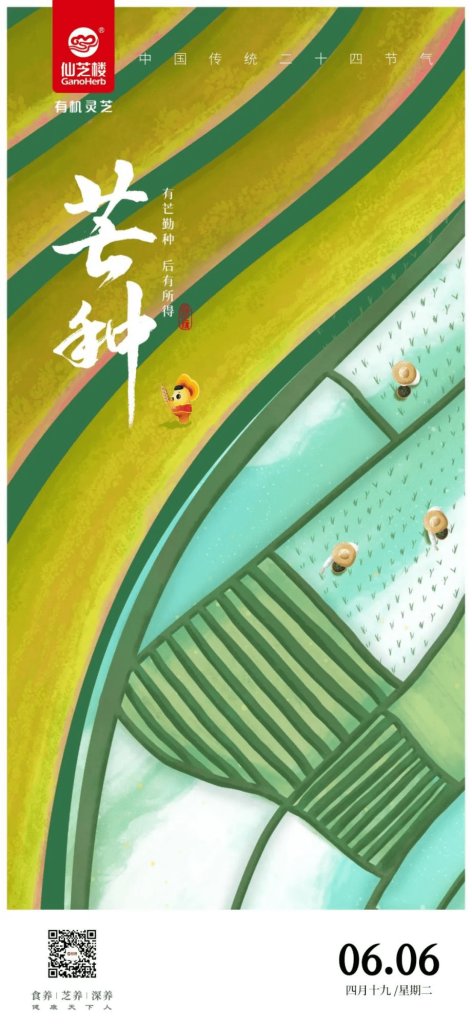
Grain in Ear is the ninth of the 24 solar terms and the third solar term of summer, indicating the beginning of midsummer. Grain in Ear, pronounced “Mang Zhong” in Chinese, literally means “awned wheat should be harvested quickly, awned rice can be planted”. “Mang” is homophonic to the word “busy” in Chinese, indicating that all crops are “busy planting”.
Around Grain in Ear, the northern Huanghuai Plain began to enter the rainy season, and the middle and lower reaches of the Yangtze River also entered the plum rain season. In the drizzle and breeze, the wheat field is full of people, full of joy and satisfaction of the harvest.
There are many customs during Grain in Ear, such as boiling green plums, farewelling to the flora, and praying for a good harvest.
At this time of year, whether in the south or the north, there will be high-temperature weather above 35°C. At the same time, the rainfall began to increase and the air humidity increased, making people feel “stuffy and hot”. The sultry and humid weather after Grain in Ear is commonly known as “Bitter Summer” featuring loss of appetite and weight.
When Grain in Ear arrives, health preservation is particularly important for preventing bitter summer. The three principles to follow for health preservation after Grain in Ear are to remove dampness and prevent diseases!
1. Supplement potassium to beat the summerheat
After Grain in Ear, the weather turns hot and the body sweats more. Potassium, which is responsible for maintaining the normal function of nerves and muscles, is also excreted with sweat. If the potassium in the body is not replenished in time, it is easy to be troubled by summerheat, and symptoms such as fatigue and devitalized essence-spirit will appear.
In the daily diet, you can eat more potassium-rich foods, such as buckwheat, corn, lettuce, fresh peas, edamame, soybeans, bananas, amaranth, coriander, rape, cabbage, and celery.
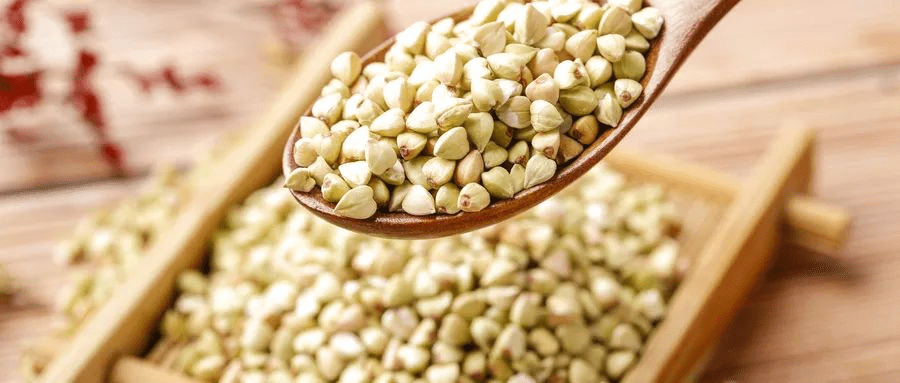
2. Fortify the spleen and harmonize the stomach
After Grain in Ear, the summer heat and rainfall gradually increase, and the human body is vulnerable to dampness invasion, resulting in symptoms such as sleepiness, fatigue, dry mouth and loss of appetite. Spleen fortifying should be placed in an important position. Therefore, eat more foods that fortify the spleen and harmonize the stomach, such as yam, coix seeds and lotus seeds.
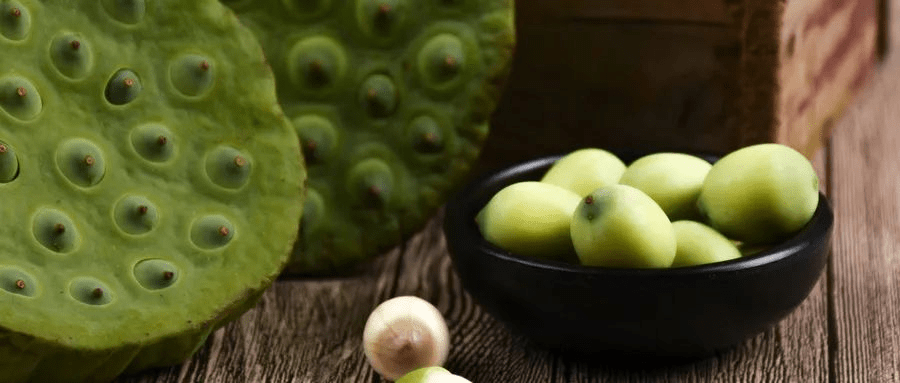
3. Conservation of the heart and lungs
In summer, the temperature is hot and the humidity increases, and the burden on the human heart gradually increases. This period of time is also a season of high incidence of cardiovascular and cerebrovascular diseases, so special attention should be paid to nourishing the heart and lungs.
In particular, the elderly should consciously carry out mental recuperation, maintain a peaceful mind and unobstructed emotions, and avoid great sorrow and joy, anger and depression, so as not to be sad and nerve-racking.
It is advisable to take more food for moistening tonification such as melons.
In terms of dietetic life-nourishing, eat less meat and more vegetables, fruits and grains in summer. Among fruits and vegetables, the “melon family” is especially recommended, such as bitter gourd, cucumber and watermelon.
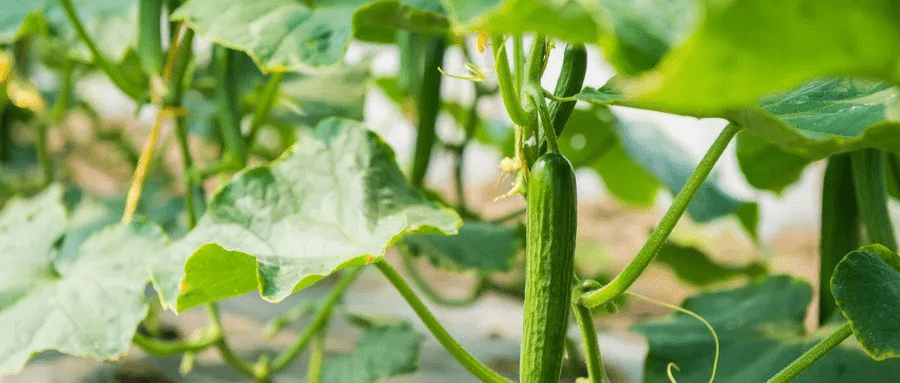
In summer, the “five flavors” of traditional Chinese medicine correspond to bitterness, which mainly enters the heart meridian. Therefore, most bitter foods have the effect of clearing heat and resolving summerheat, drying dampness and strengthening yin. Eating some bitter foods such as bitter gourd, lotus seeds and lettuce after Grain in Ear is of great benefit to the human body.
At the same time, you can also eat more coix seed congee with Ganoderma sinense and red beans. This congee combines the effects of Ganoderma sinense to quiet the spirit and help sleep, coix seeds to fortify the spleen and dispel dampness, and red beans to disinhibit water and disperse swelling and fortify the spleen and stomach. Regular consumption can help nourish the stomach, calm the mind and quiet the spirit.
Recommended recipes
Coix seed congee with Ganoderma sinense and red beans
Ingredients: 100 grams of coix seeds, 25 grams of (dried) dates, 50 grams of red beans, 10 grams of GanoHerb organic Ganoderma sinense slices, a small amount of white granulated sugar
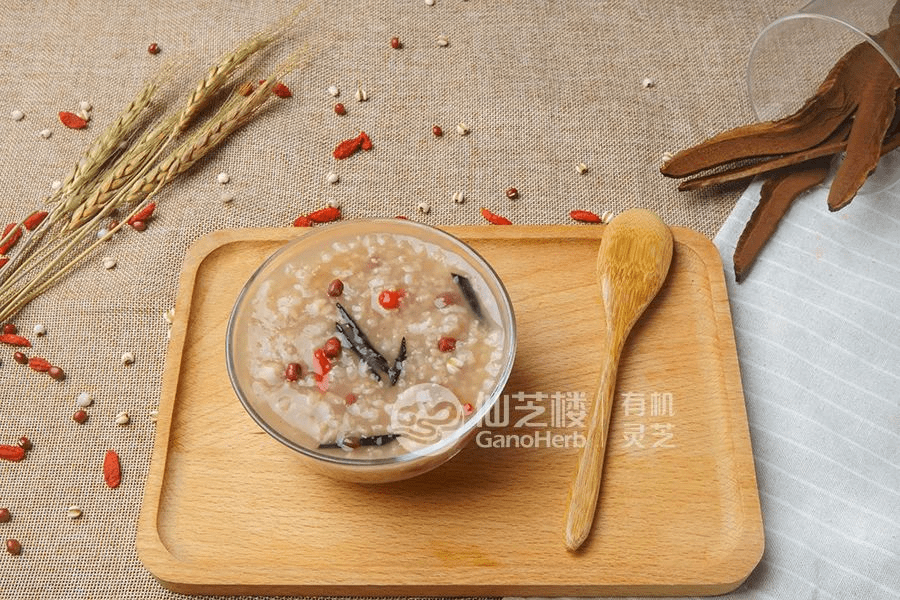
Directions:
1. Soak coix seeds and red beans in warm water for half a day; rinse Ganoderma sinense slices in water; remove pits from dates and soak them in water;
2. Put coix seeds, red beans, Ganoderma sinense slices, and dates into the pot together;
3. Add water to make congee, and finally sprinkle with sugar to taste.
Grain in Ear is the prelude to a good harvest. There is always something to look forward to in life. Plant at this moment and wait for the harvest at the next moment.
